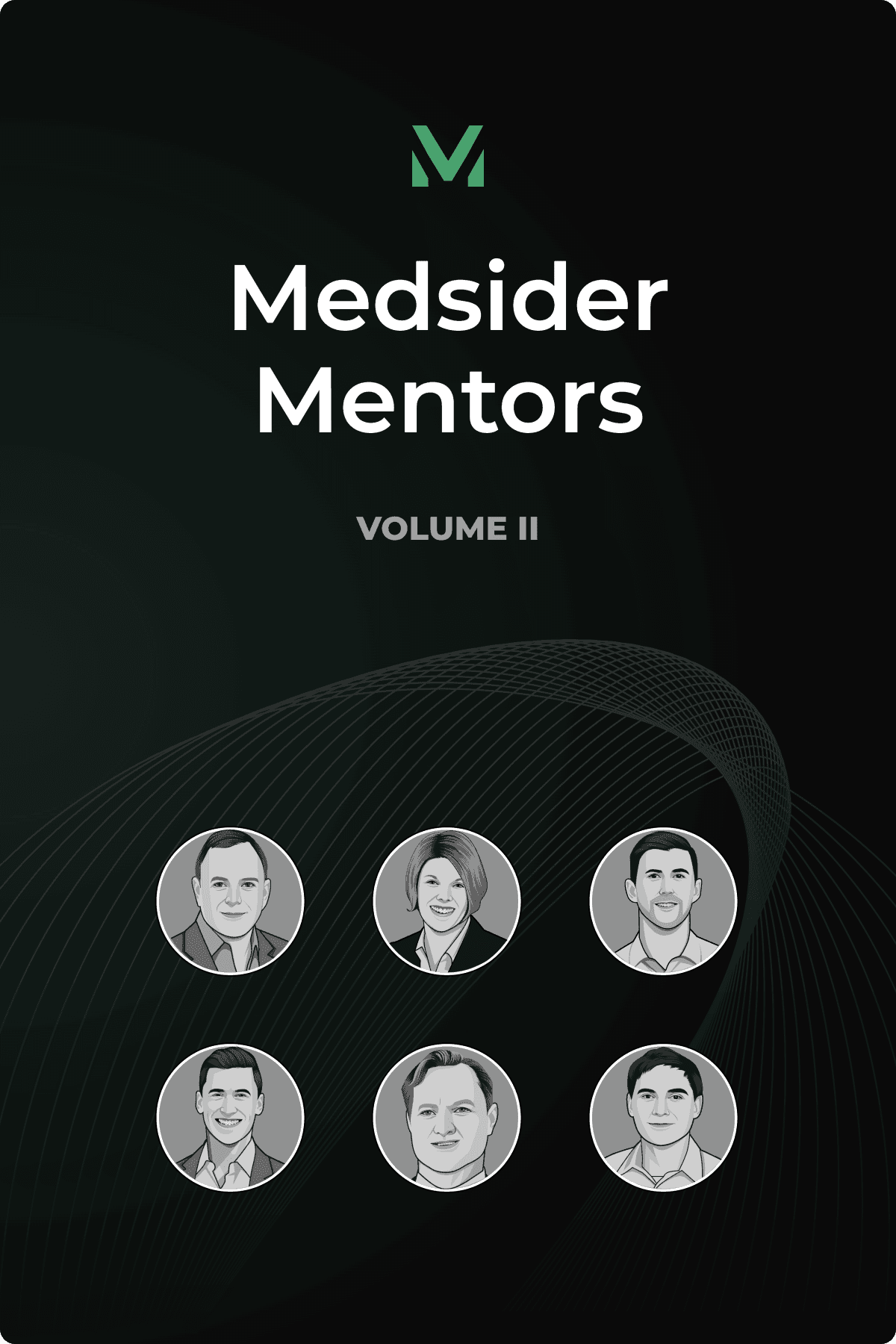How to Innovate in Medtech with Limited Means
Interview with Field Medical CEO Dr. Steven Mickelsen

Dr. Steven Mickelsen was a professional musician—the frontman of two different bands with recording contracts before he decided to go to medical school when he was 28.
His interest in medicine didn’t come out of nowhere, however. He was a musician by night and worked in a hospital during the day. His involvement in cardiac electrophysiology (EP) as a member of the Heart Rhythm Society (formerly Mass B) catalyzed his underlying passion for medicine. "I knew that I loved this [space] and decided to make a career change," he reflects. He’s widely considered one of the few people who’ve ushered in the use of pulse field ablation (PFA) technology to the EP space, and is one of the leading experts in this particular domain.
When he got into medical school at the University of Iowa, Steven started working on several ideas, all of which had potential. He recalls, “If you want a good idea to make it into the market with the support of a university, you really have to lead the charge.” In a nutshell, that’s how he became a serial entrepreneur.
The first bit of inspiration struck Steven in 2010 when he realized that it was possible to use a non-thermal energy source for tissue ablation. This led to the eventual development of PFA, which is a paradigm shift for the treatment of certain cardiac arrhythmias—where the electrical signals that tell the heart to beat don't work properly.
PFA uses brief but intense electrical pulses to specifically target myocardial tissue through electroporation, altering cell membranes without heating up the tissue. The technology is on the rise, as it allows for a more predictable, faster, and safer procedural workflow. The two companies bringing it to market are Medtronic and Boston Scientific, which acquired Farapulse, a startup Steven founded in 2011.
Steven is now working on his next startup Field Medical, a company he founded in 2022. “We've made enormous progress in the first 18 months of the company,” Steven reports, largely thanks to “years of suffering and failure,” he adds with a chuckle. Field Medical is focused on the EP space as well, specifically ventricular arrhythmias—a challenging disease to treat due to the ventricle tissue's thickness and constant movement.
“There's a massive amount of patients who suffer from ventricular arrhythmias that currently go undertreated or untreated,” Steven notes, underlining the significance of Field Medical’s mission, and the market gap. “All of the technology that's been developed for catheter ablation has focused on atrial arrhythmias, and very little has been spent on the deadly and life-changing problems of the ventricle. That’s where Field Medical is coming in,” he explains.
Optimization of the electric fields is just the tip of the iceberg. “There's a whole bunch of technology that goes into enabling that vision,” Steven explains. Despite the challenging climate for raising capital, Field Medical has achieved remarkable success, securing a seed round of approximately $14 million for their Class III medical device.
Is Field Medical’s treatment of ventricular arrhythmias the next big paradigm shift? It’s certainly a possibility, especially given the success of Steven’s previous venture, Farapulse. The company’s FieldForce™ Catheter and the FieldForce™ Generator use a proprietary technology called FieldBending™ to overcome limitations of first-generation PFA technologies.
The company is now poised for early human clinical data and Steven is eagerly waiting to present the preliminary results by mid-2024.
Key Learnings From Dr. Mickelsen's Experience
Money will always be tight at the beginning of any startup. But scarcity can breed creativity, so use that to your advantage. Build prototypes with readily available parts and focus on nailing your narrative to convince investors.
Finding real expertise in the clinical and regulatory arenas can be challenging due to the specific requirements unique to each startup. Find a good consultant early and keep them close – their expertise will save time and boost your startup's chances for success.
When raising capital, be honest about costs and timelines, both to yourself and investors. Be clear and concise in your communication and tailor your pitch to the specific type of investor you are targeting. Don’t stress over retaining a large equity position and aim to develop technology that meets the needs of physicians and patients.
You May Like These Articles
Medsider Premium
Become a premium member and unlock access to exclusive Medsider benefits.



